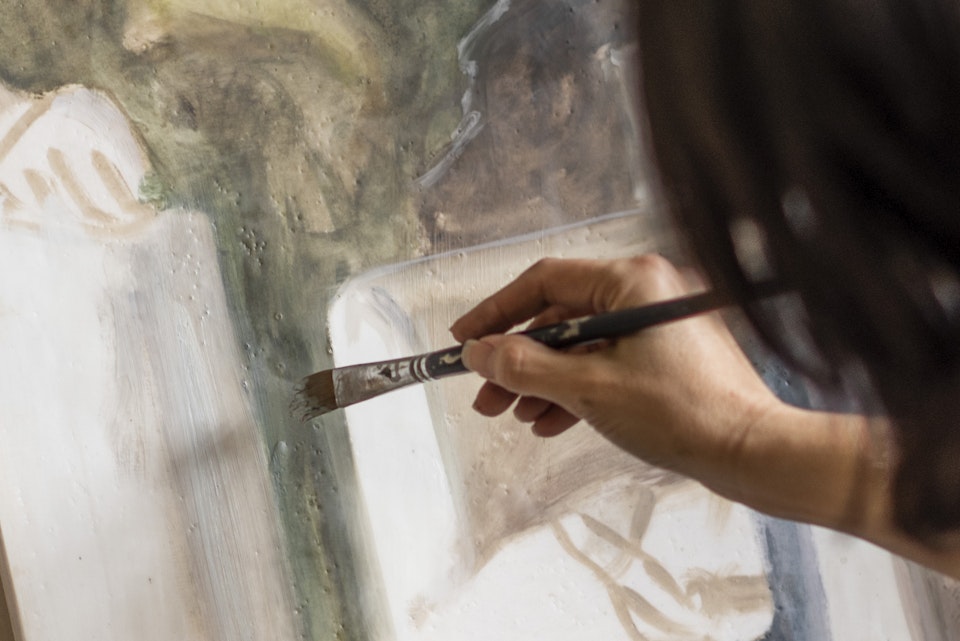September 13, 2019
Six Tips to Trade in “Goals” for “Growth”

We’ve probably heard this since our childhood: what are your goals? What milestones have you crossed? What does your “to do list” look like?
With many Fortune 500 companies and corporations keen to compete and do better, the list of goals can seem endless. And when one goal is scratched off, another one looms like a deadline. In his article, The Real Reason Setting Goals is so Critical to Success, published in Inc. magazine, Mareo McCracken writes that goals provide clarity, and that “whatever is written becomes real.”
When people are faced with obstacles, goals help us prioritize.
In 1968, the American psychologist Edwin A. Locke published a really influential work, “Toward a theory of task motivation and incentives” that influenced organizational behavior and human performance. The basic premise of the research was that an individual’s conscious ideas regulate his or her actions. Just “jotting down ideas” can help solidify them and make you feel as though you are on your way to accomplishing great things.
But the danger of focusing so much on goals is that you end up with a checklist of things to do, not necessarily a real growth map. We all make resolution lists and check off goals almost mindlessly, but focusing on long-term growth (not just checklists!) is a much healthier, more sustainable way to achieve what you set out to do.
Journaling, instead of making checklist, will help focusing on growth, rather than checking off goals.
Here are six tips that will help you focus on growth, instead of goals:
1. Map out Where You Want to Be Professionally in the Long Run.
Short-term goals are wonderful but they can pressurize people instead of motivating them. By mapping out where you want to be in the long run, you have the flexibility of figuring out how you can get there on your own terms and pace.
2. Be Flexible about Timing.
In an article published by the Harvard Business Review called “Creativity Under the Gun,” the authors give examples on why true breakthrough ideas rarely hatch overnight. Charles Darwin’s theory of evolution, for example, took decades in the making.
“It’s inconceivable that his break-through would have occurred if he’d tried to rush it,” the authors write of Darwin.
For true growth to happen, the timing needs to be flexible: in other words, focus on the big picture, not on the timing. Simply checking off lists and goals are not going to create substantially meaningful results especially if they are constantly rushed.
3. Set Realistic Growth Expectations.
A lot of people, when they make resolutions, can over-exaggerate expectations. If you’re just learning how to draw, don’t set a growth expectation of doing a Rembrandt-style oil painting at the end of the month. Once you realistically think of where you need to be, you can work backwards and take baby steps to make it happen.
4. Forgive Yourself.
This sounds easier to practice than most realize but be forgiving of yourself. To create anything—let alone a masterpiece—takes many drafts and drawings.
Like painting and drawing, growing is more about enjoying yourself and validating your abilities along the journey, rather than focusing on the destination, outcome, or reaching a final goal.
5. Find a Mentor.
A mentor is someone who can help you become more responsible and see your growth from a very objective point of view. It is a good idea to inform someone you trust of what your growth aspirations are---and then let him or her check up on you to see how far you’ve come along. Not only will you stay motivated, you will be able to see how someone else measures your growth (and hopefully you’ll be surprised in a positive way!).
6. Be consistent.
The growth mindset---as with anything---benefits with consistency. If you take baby steps, you will find that the notion of growth becomes more manageable over time.
With fall around the corner, now is a good time to revisit some of your New Year resolutions (remember those?) and see how far along you’ve come. And don’t worry too much about those checklists: pat yourself on the back for your journey into the year!
For more tips, stories, and new artist updates, subscribe here.
If you're looking to go on a creative adventure to learn from a master artist, privately in their studio, browse all artists here.

